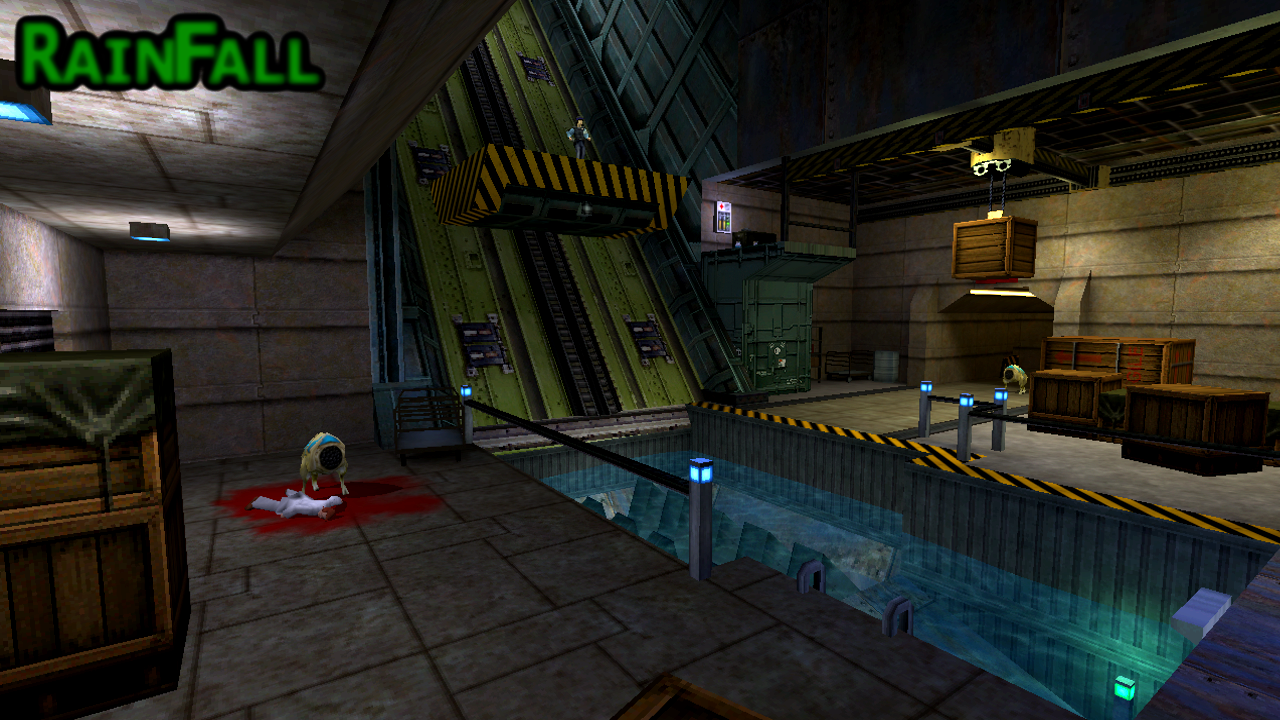

Half-Life is defined partly by its world and narrative approach, but also by the smart ways it leveraged targeted uses of game technology.

I was most struck by how the various AAA dudes recall witnessing Half-Life: huddled around a coworker's computer, deeply anxious about how their own product would technologically stack-up. It's roughly in-line with the company culture that most Steam indies know: they're eager to setup a deal, but rarely remember to follow-up or maintain communication. They basically rescued Gearbox with a speedy deal to make Half-Life Opposing Force - but according to Pitchford, Valve was also a difficult collaborator, providing very little input on Opposing Force and sabotaging the mediocre Counter-Strike: Condition Zero by demanding an ill-advised scripted single player campaign. I was fascinated by the segment where Randy Pitchford (co-founder and CEO of Gearbox Software) talks about their company's history with Valve. At NYU Game Center, the vast majority of our incoming game design students have never played Half-Life because it is older than them, it is a quaint curiosity that we force them to play. I think me, Laura Michet, and the Project Borealis folks, are all there to present some continuity and young(er) blood to the story, versus the middle-aged white guys who dominate the first hour.īut it's also a very telling way to present Half-Life's legacy: the game is 20 years old, which is like a million video game years. Here are some notes, thoughts, and reactions: A month ago I got to be one of the many people interviewed for Unforeseen Consequences, A Half-Life Documentary by Danny O'Dwyer (NoClip).


 0 kommentar(er)
0 kommentar(er)
